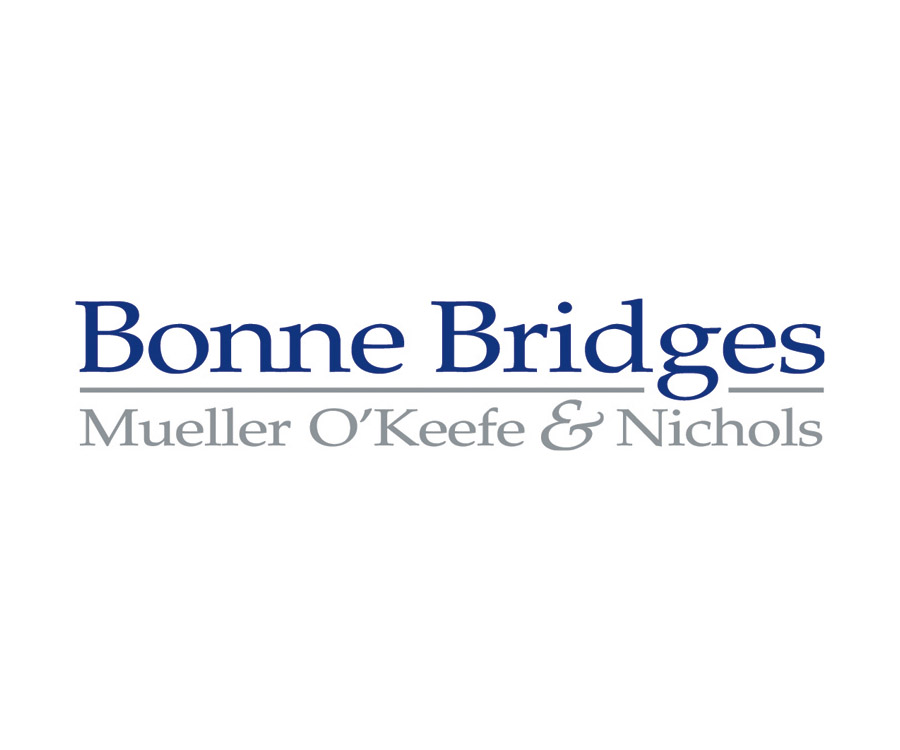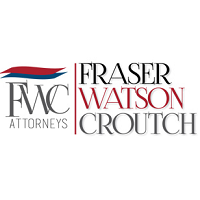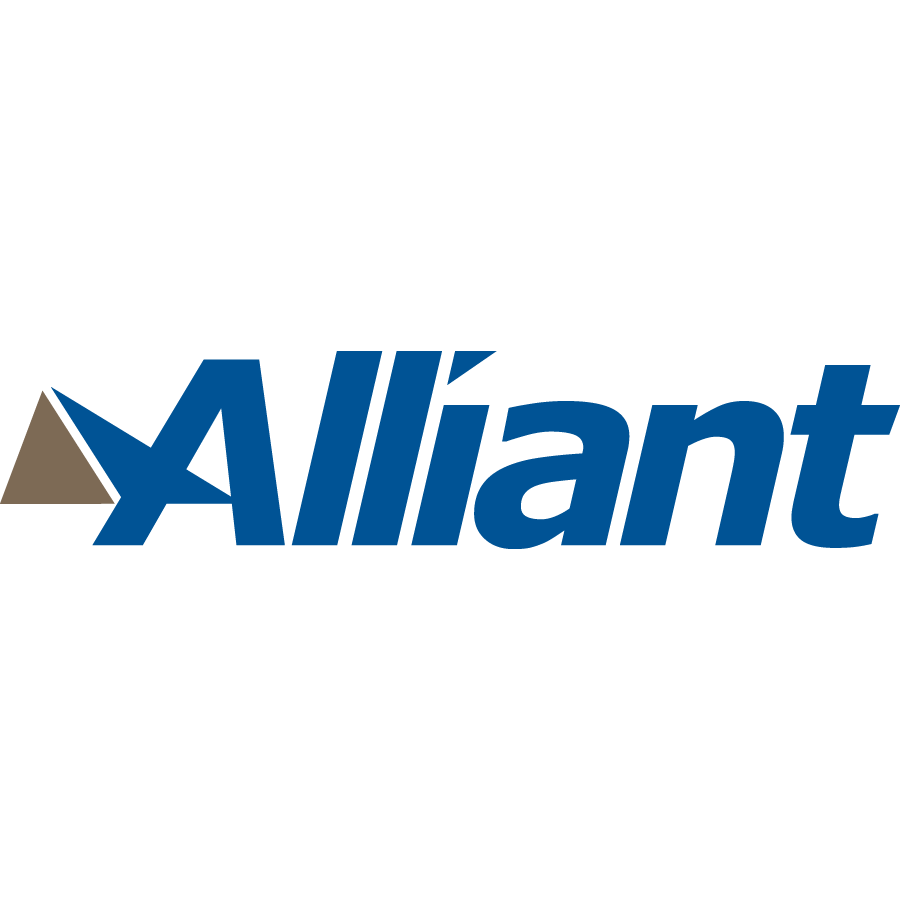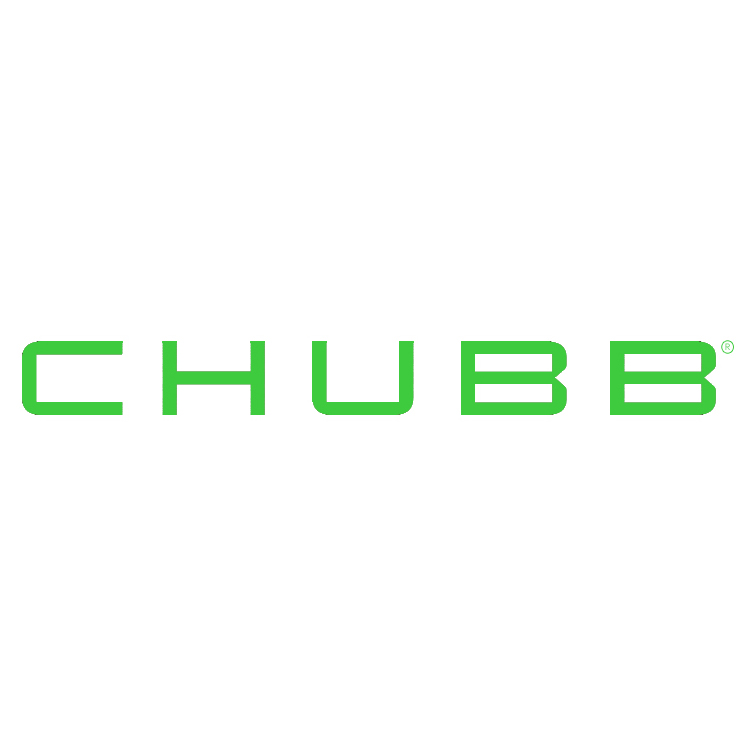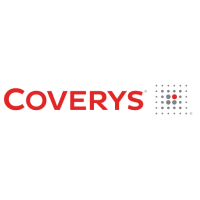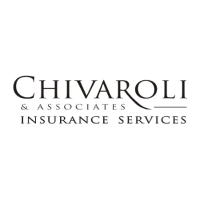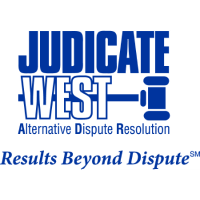
Amy Evans, Executive Vice President Business Development and Liability Claims Division
Intercare Insurance Services
Linda Pierce, Western Regional Claims Advocacy Leader
Arthur J. Gallagher
2018 was a record year for large medical professional liability verdicts*. There were 44 verdicts in excess of $10M, 17 excess of $25M and six excess of $50M. There were no verdicts in excess of $100M in 2015, 2016 and 2017, but there were three medical professional liability verdicts in excess of $100M in 2018. In 2019, we already have 17 verdicts greater than $10M which includes $110.6M in New York, $30.55 in Massachusetts and $12.25M in Iowa in April and May. These numbers do not include long term care verdicts, medical products liability verdicts nor the eight and nine figure settlements that defendants are paying on an uncomfortably and increasingly regular basis. These numbers are empowering plaintiffs to demand higher values which perpetuates the vicious cycle of escalating values and costs.
Verdict Trends Appear to Fluctuate with the Economy
The reality is that the perceived value of a dollar has changed significantly and may have a correlation to the overall state of the economy. Eight and nine figure salaries of professional athletes and corporate executives make the news on a regular basis, companies are bought and sold for billions and the national debt is over $22 Trillion. The average person does not play the lottery until the jackpot exceeds a hundred million when in reality, most people would be happy winning any amount. We have become fiscally jaded, and so has our jury pool.
Will the escalating case values stabilize? History indicates that it may be a cycle, but one that is shortening with greater swings. We saw a surge in large verdicts in 2002 with a high verdict average** of $22M. Verdicts stabilized for 9 years including a 20-year low in 2010 when the high verdict average was $11.5M. The high verdict average surged again to $28.3M in 2012. They stabilized for five years until 2018 when the high verdict average reached $29.55M.
We have no idea whether historical trends will continue or the pending hard market will result in renewed tort reform thereby causing the values to decline. However, there are things that we can do to get ahead of plaintiffs and actively drive down the settlement and verdict values.
Get Organized, Communicate & Share
The plaintiffs’ medical professional industry is incredibly well-organized and funded. They understand the power of networking, and they share information regarding experts, carrier and defense counsel insight, litigation and negotiation strategies, settlement details, pleadings and ideas for new causes of action and sources of litigation. They learned that they are stronger when they unite and share resources. The plaintiffs’ bar has actively shared and employed tactics pursuant to “The Reptile Theory”, i.e., appealing to the primitive part of jurors’ brains that they share with reptiles and which is conditioned to favor safety and survival.
Conversely, the medical professional defense industry remains largely territorial. Historically this is due to the competitive nature of our business and/or because we feel that our peers in one city/county/state cannot appreciate the nuances of another city/county/state. However, no one is more competitive than a talented plaintiff’s trial attorney, and they are not limiting their practices to one city/county/state.
We need to network more aggressively within the medical professional industry. Get involved and, most importantly, be willing to share the good, the bad and the ugly. Hospitals and medical providers should be willing to share best practices and lessons learned. Defense attorneys should be more willing to share successful tactics, including Motions in Limine that address Reptile Theory tactics and damages. Insurance carriers should be more willing to share information regarding large losses, including verdict data and lessons learned. The more that we learn from each other, the more successful we will be at lowering the ceiling for settlements and verdicts. Start by identifying your resources: professional organizations; colleagues; competitors; experts in the community; service providers/vendors; defense counsel; insurance carriers (primary, excess, reinsurance); third-party administrators; insurance brokers; and politicians. These resources exist locally, statewide and nationally.
Next, reach out and share your story. Most of the time we know that we are in a difficult situation, but we do not know exactly what we need. Once you share your story, people tend to open up and share theirs. The more we strengthen our network, the lower the verdicts and settlement will be.
Talk About Money
We have to talk about money in front of juries. Plaintiffs are doing it, and juries are giving them what they ask for. Defendants historically do not address damages because we focus on winning the case on liability or causation. We are afraid to put a number out there because a jury might “latch onto it”. We are afraid to discuss money for fear that a jury will think that we have plenty of it. Those strategies are no longer working.
Big damages are often tied to terrifying injuries and sympathetic plaintiffs. Fear and sympathy are compelling emotions that often override logic. Therefore, plaintiffs’ attorneys start with damages and work backward from there. Defendants start with liability, then move to causation and finally, damages. We need to give each element equal and timely attention and weight. Defendants need to realize that factual strengths based on technicalities either bore juries or are negatively perceived as a display of erudition; a technical defense must be delivered in an empathetic and conversational manner. Keeping this risk in mind throughout discovery will only help in defending the case and evaluating it for settlement.
Start every case by asking plaintiffs’ counsel for a demand and insist that they back it up. It is no secret that most cases are about money; that is how plaintiffs’ attorneys get paid. However, lawsuits typically go on for months to years before anyone asks plaintiffs what they are looking for. Start the damages conversation immediately, and continue to discuss it throughout the case. If the case is truly defensible on liability, early damages discussions provide you with a peek at plaintiffs’ expectations and give you the opportunity to lower those expectations over the pendency of the case.
Initial discovery should include very specific requests to identify collateral sources, liens, claimed future damages, tax returns and pay stubs or direct deposits. Objections regarding prematurity should be immediately challenged. Do not rely on plaintiffs alone to give you a view into their claims. Interview third party witnesses and/or take depositions of others who can offer testimony into the plaintiff’s contentions. Co-workers, neighbors, teachers, and employers often have different views of purported physical restrictions and capabilities.
Continuing medical treatment and/or unclear future work expectancy does not prevent disclosure of amounts incurred, paid and/or lost to date. Follow up with supplemental discovery responses every 6-9 months. Make plaintiffs’ counsel work. Damages experts should be retained at the same time as liability and causation experts. Damages experts can, and should, be shared among defendants in most cases thereby lowering the cost and showing a united front to plaintiffs. Develop a strong damage model early, and use it to lower plaintiffs’ expectations.
Try More Cases
Yes, try more cases. We have all paid nuisance value or settled defensible cases for what we anticipate it would cost to continue defending and trying them. It is a smart business model that has been used in the industry for decades. Unfortunately, that model supports the backbone of the plaintiffs’ bar and is fueling the high verdicts. Settling defensible cases funds plaintiffs’ firms and the prosecution of their “big” cases. The day-to-day settlements pay Plaintiff firms’ bills and help support the development of their bigger cases.
Taking defensible cases to trial serves many purposes. It forces plaintiffs’ firms to spend money prosecuting the cases through trial. It keeps settlement money out of their accounts. It allows defense attorneys more time in the courtroom which keeps their skills sharp and helps train associates who are our future trial lawyers. It provides us with the opportunity to see which experts and attorneys do well at trial before we engage in battle in high stakes cases. It lets the plaintiffs’ bar know that we are not afraid to try cases, and it makes plaintiffs’ counsel think twice about taking questionable cases. Finally, it alters the benchmarking of defense verdicts and adverse verdicts in favor of the defense.
We need to be deliberate in selecting cases to try, but we need to be willing to try them or at least push plaintiffs’ counsel to the point of having to invest in cases they should not have filed. Trial is often viewed by insurers and defendants as an end to be avoided. Pushing plaintiffs to trial often gets them serious about settlement as they have to re-evaluate their chances in front of a jury. Cases often settle during the trial or even after verdict, especially with cases that involve issues subject to appellate review. Difficult decisions need to be made. Be willing to spend money and invest the time required to try cases. Developing a strong team and plans of action are not inexpensive, but neither are large verdicts.
In summary, we do not know what the future holds for medical professional liability verdicts. However, we can take control of the future by networking, addressing damages head-on and trying more defensible cases. There will be bumps along the way, but we have to take control or plaintiffs and juries will do it for us.
Intercare has made reasonable efforts to ensure the accuracy of the data in this article. The thoughts and opinions expressed in this article are those of Intercare and not our clients. Readers must make an independent assessment regarding the use of the data based upon specific facts and circumstances or consult a licensed professional in the specific area of the study. Intercare shall not be liable for any damages of any kind, whether direct, indirect, incidental, punitive or consequential, arising from the use, inability to use, or reliance upon information provided in this article.
About the Authors
Amy Evans is an Executive Vice President at Intercare Insurance Services specializing in providing claims and risk management services and solutions to self-insured clients, captives and risk retention groups, public entities, MGA/MGUs, JUAs and commercial liability insurers and reinsurers.
Linda Pierce is the Western Regional Claims Advocacy Leader for Arthur J. Gallagher. Linda is admitted to the California State Bar Association and, prior to joining Gallagher, was a litigator. She now serves as a risk management consultant with a focus on issues concerning professional liability and management liability
